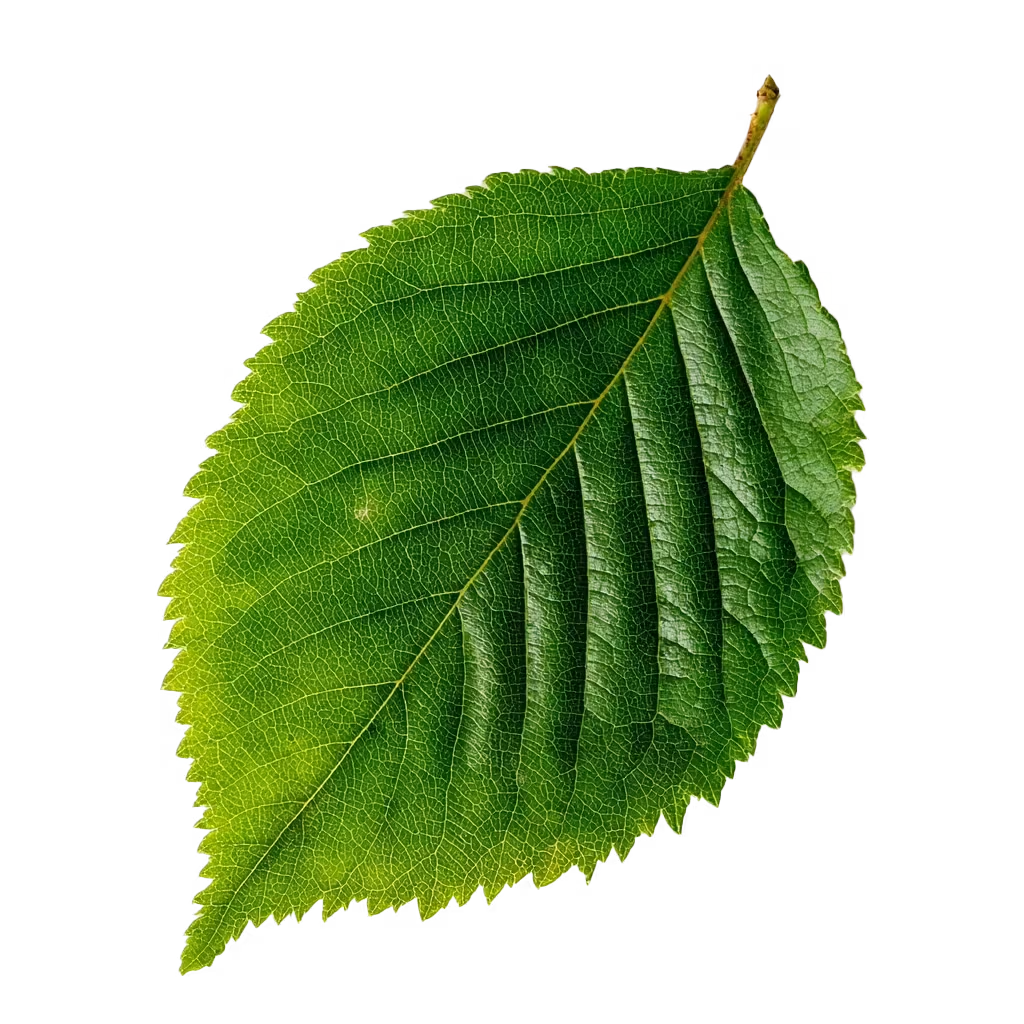woody
Woods
Woods, a serene ensemble of diverse trees, ferns, and moss, form an intricate and soothing natural landscape. The scent profile of a woodland area is richly layered, primarily influenced by the variety of vegetation and the seasonal shifts within the ecosystem.
Imagine the earthy smells that arise from the damp forest floor, a mix of soil, decomposing leaves, and fallen logs. It is an organic, grounding aroma, filled with the essence of understory growth and fungal activities that help break down organic matter.
As you move through the woods, the air carries a notable freshness, often punctuated by the sharp, resinous fragrance of conifer trees like pines, fir, or spruce. These trees emit a crisp, invigorating scent derived from their sap, which has a cooling and slightly camphoraceous quality.
Among the undergrowth, the lush greenery contributes subtle hints of sweetness, reminiscent of grass and fresh leaves, blending seamlessly with the moist, mineral scent of the earth. During autumn, this profile transforms as leaves decay, releasing a richer, almost nutty aroma that is heavier and more complex.
Occasionally, floral notes from blooming woodland flowers add delicate, almost ephemeral hints to the air, providing a contrast to the robust woodiness. After a rain, the entire forest seems to exhale deeply, intensifying all these aromas into a symphony of what can only be described as nature’s perfume - fresh, earthy, woody and entirely renewing.
Like this smell?
Discover your fragrance match by taking our quiz and exploring scents tailored to your taste.
Top fragrances using this Note















